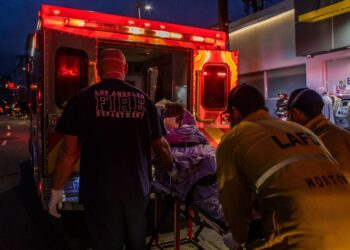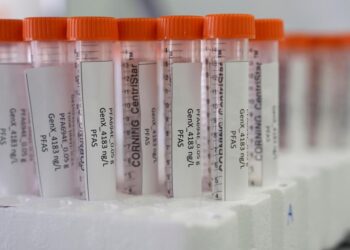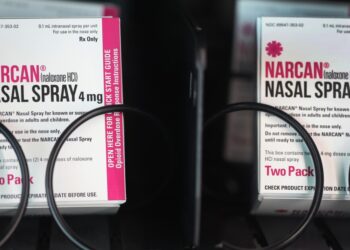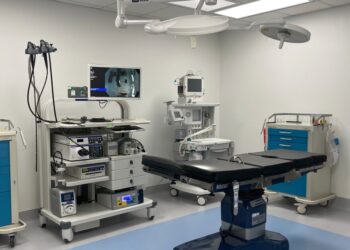At some point in their lifetimes, most people will experience a nosebleed. It’s common for adults and children, especially during dry winter months.
Although rarely life-threatening, nosebleeds can cause anxiety and sometimes are difficult to control.
Why do nosebleeds occur?
Epistaxis, more commonly known as a nosebleed, occurs when a small blood vessel in the nose ruptures. The bleeding most commonly arises from the nasal septum, the partition that divides the two sides of your nose on the inside. The rupture can occur when something traumatizes or irritates the mucosa lining of the septum. Common causes are nose-picking, forcefully blowing the nose or an impact to the outside of the nose or face.
Nosebleeds are more likely to occur when the nasal mucosa is dry and irritated. When there is low moisture content in the air, such as in the winter when homes are warmed with furnaces or electric heat, the blood vessels are more prone to tearing. A person also may be more likely to experience a nosebleed during an allergy episode or when fighting an upper respiratory infection.
Other less common causes of nosebleeds may lead to recurring or serious bleeding. People with clotting or blood vessel disorders like hemophilia or who use anticoagulant medications for a heart condition have a greater risk of recurring nosebleeds. Growths in the nose, perforations in the septum, uncontrolled high blood pressure and some types of nasal sprays also can increase the risk of epistaxis.
Types of nosebleeds
Anterior nosebleeds start in the front of the nose. They are the most common type of epistaxis and usually are identified by brisk bleeding from one nostril. Less commonly, nosebleeds may start from a blood vessel toward the back of the nasal cavity. This type of nosebleed is a posterior bleed and tends to be more severe, often requiring emergency treatment.
Follow these tips to avoid nosebleeds:
- Avoid vigorous nose-blowing…
Read the full article here







